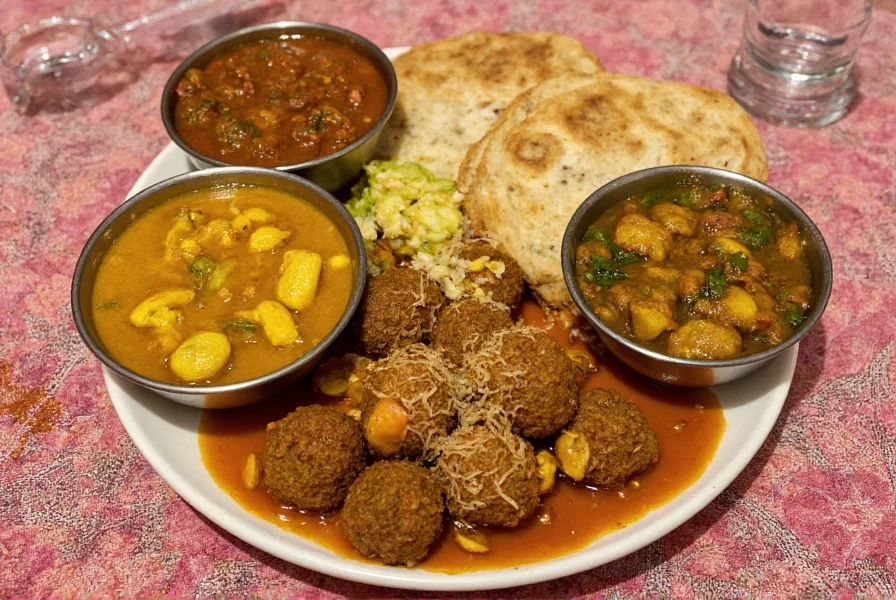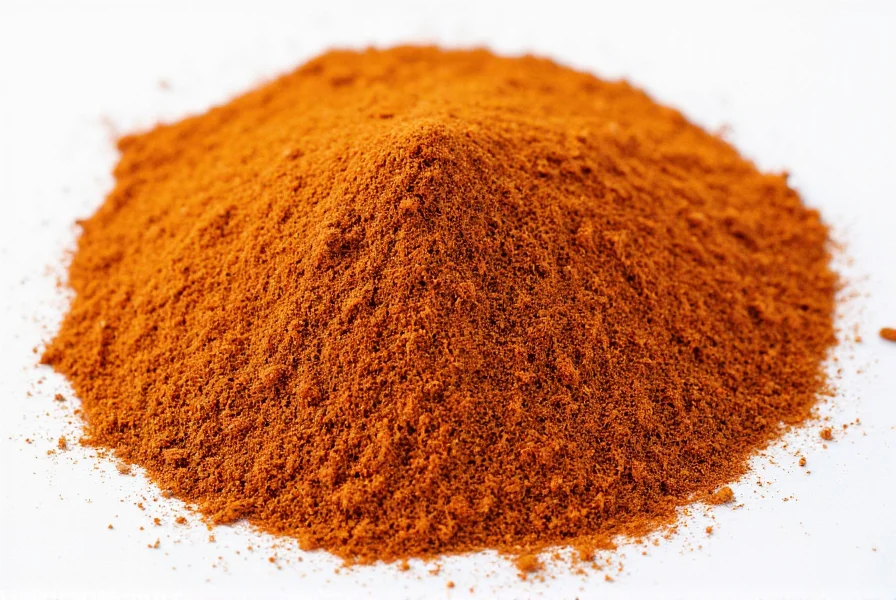Cumin has been a culinary staple for thousands of years, with archaeological evidence showing its use dating back to ancient Egyptian and Indus Valley civilizations. This versatile spice, often mistaken for caraway due to visual similarities, actually offers a completely different flavor profile that's essential in many traditional dishes worldwide.
Understanding Cumin: More Than Just a Spice
When exploring cumin cumin information, it's important to recognize that cumin refers to a single spice, not a duplicate term. The repetition might stem from searchers emphasizing their query or encountering autocorrect issues. True cumin comes from the Cuminum cyminum plant, producing crescent-shaped seeds that range from yellowish-brown to dark brown.
Unlike its visual cousin caraway, cumin delivers a warm, earthy flavor with citrus undertones and a distinctive pungency that intensifies when toasted. This characteristic makes it indispensable in spice blends like curry powder, garam masala, and chili powder. Professional chefs often toast whole cumin seeds before grinding them to unlock their full aromatic potential—a technique worth mastering for best culinary uses of cumin spice.
Different Varieties of Cumin
While Cuminum cyminum represents the standard cumin used globally, several regional varieties exist:
| Variety | Origin | Flavor Profile | Common Uses |
|---|---|---|---|
| Iranian Cumin | Persia | Milder, more floral | Middle Eastern rice dishes |
| Indian Cumin | India | Stronger, more pungent | Curries, dals, spice blends |
| Mexican Cumin | Mexico | Earthy, robust | Chili, tacos, salsas |
| White Cumin | Mediterranean | Subtle, delicate | Mediterranean breads, cheeses |
Many home cooks wonder about cumin spice versus caraway differences. While both belong to the Apiaceae family and share visual similarities, their flavors differ significantly. Cumin offers earthy warmth with citrus notes, while caraway has a sweeter, anise-like flavor. Confusing them can dramatically alter a dish's intended taste profile.

Culinary Applications Across Global Cuisines
Cumin's versatility makes it a cornerstone spice in numerous culinary traditions. In Indian cuisine, it features prominently in tempering (tadka), where whole seeds sizzle in hot oil to release their essential oils before other ingredients join the pan. Mexican cooking relies on cumin for authentic chili con carne and taco seasoning, while North African tagines often incorporate it alongside coriander and paprika.
For those exploring how to use cumin in everyday cooking, consider these applications:
- Add whole seeds to rice or lentil dishes during cooking
- Toast and grind for homemade curry powder or chili seasoning
- Include in marinades for meats, particularly lamb and chicken
- Enhance roasted vegetables like carrots, sweet potatoes, and cauliflower
- Blend into hummus or other bean dips for depth of flavor
Professional chefs recommend toasting whole cumin seeds in a dry skillet over medium heat for 1-2 minutes until fragrant before grinding. This simple step dramatically intensifies the spice's natural oils and creates a more complex flavor profile compared to pre-ground cumin.
Nutritional Profile and Potential Health Benefits
Beyond its culinary value, cumin offers notable nutritional benefits. Two teaspoons (about 4 grams) of ground cumin contain:
- 31 calories
- 2.6 grams of dietary fiber
- 1.4 mg of iron (8% of daily value)
- 12 mg of calcium
- Trace amounts of magnesium, manganese, and vitamin B1
Research suggests several potential health benefits associated with regular cumin consumption. Studies published in Nutrition Research indicate cumin may help improve insulin sensitivity and support healthy blood sugar levels. Other research points to cumin's antioxidant properties, which may help reduce inflammation and oxidative stress.
When considering health benefits of cumin spice consumption, it's important to note that most studies use concentrated extracts rather than culinary amounts. While adding cumin to your diet certainly contributes to overall wellness, it shouldn't be viewed as a standalone treatment for medical conditions.

Selecting and Storing Cumin Properly
For optimal flavor, understanding how to choose quality cumin products matters significantly. When purchasing whole cumin seeds, look for uniform color (medium to dark brown), a strong aroma when crushed between fingers, and no signs of moisture or mold. Whole seeds maintain their potency significantly longer than pre-ground cumin.
Proper storage extends cumin's shelf life:
- Store whole seeds in an airtight container away from light and heat
- Keep in a cool, dark pantry (not next to the stove)
- Whole seeds remain potent for 3-4 years; ground cumin for 6-12 months
- For extended storage, keep in the freezer in an airtight container
Many home cooks don't realize that pre-ground cumin loses its volatile oils quickly. For the most vibrant flavor, purchase whole seeds and grind them as needed using a dedicated spice grinder or mortar and pestle. This simple practice transforms cumin spice applications in home cooking dramatically.
Common Questions About Cumin
What's the difference between cumin and ground cumin?
Cumin refers to the whole seeds of the Cuminum cyminum plant, while ground cumin is those seeds that have been milled into powder. Whole cumin seeds maintain their flavor and potency significantly longer than ground cumin. For optimal flavor, toast whole seeds briefly before grinding them fresh for your recipes.
Can I substitute cumin in recipes?
While no substitute perfectly replicates cumin's unique flavor, coriander seeds with a pinch of chili powder can work in a pinch. Caraway seeds offer visual similarity but have a distinctly different flavor profile. For authentic Mexican or Indian dishes, however, cumin remains irreplaceable for achieving traditional flavor profiles.
Is cumin safe for everyone to consume?
Cumin is generally safe when consumed in culinary amounts. However, those with bleeding disorders should exercise caution as cumin may slow blood clotting. Pregnant women should avoid medicinal amounts but can safely consume cumin in normal food quantities. As with any spice, some individuals may experience allergic reactions.
Why does my cumin taste bitter?
Bitter cumin usually results from over-toasting. When toasting cumin seeds, watch them carefully as they can burn in seconds. Burnt cumin develops an unpleasant bitter taste that will ruin your dish. If your pre-ground cumin tastes bitter, it may be old or have been exposed to heat during storage, causing the essential oils to degrade.
What dishes absolutely require cumin?
Authentic chili con carne, certain Indian dals and curries, Middle Eastern falafel, and North African tagines all rely on cumin for their characteristic flavor profiles. While creative substitutions exist, these dishes fundamentally change without cumin's distinctive earthy warmth. Mexican mole sauces and some cheese varieties like Leyden cheese also depend on cumin for authenticity.











 浙公网安备
33010002000092号
浙公网安备
33010002000092号 浙B2-20120091-4
浙B2-20120091-4